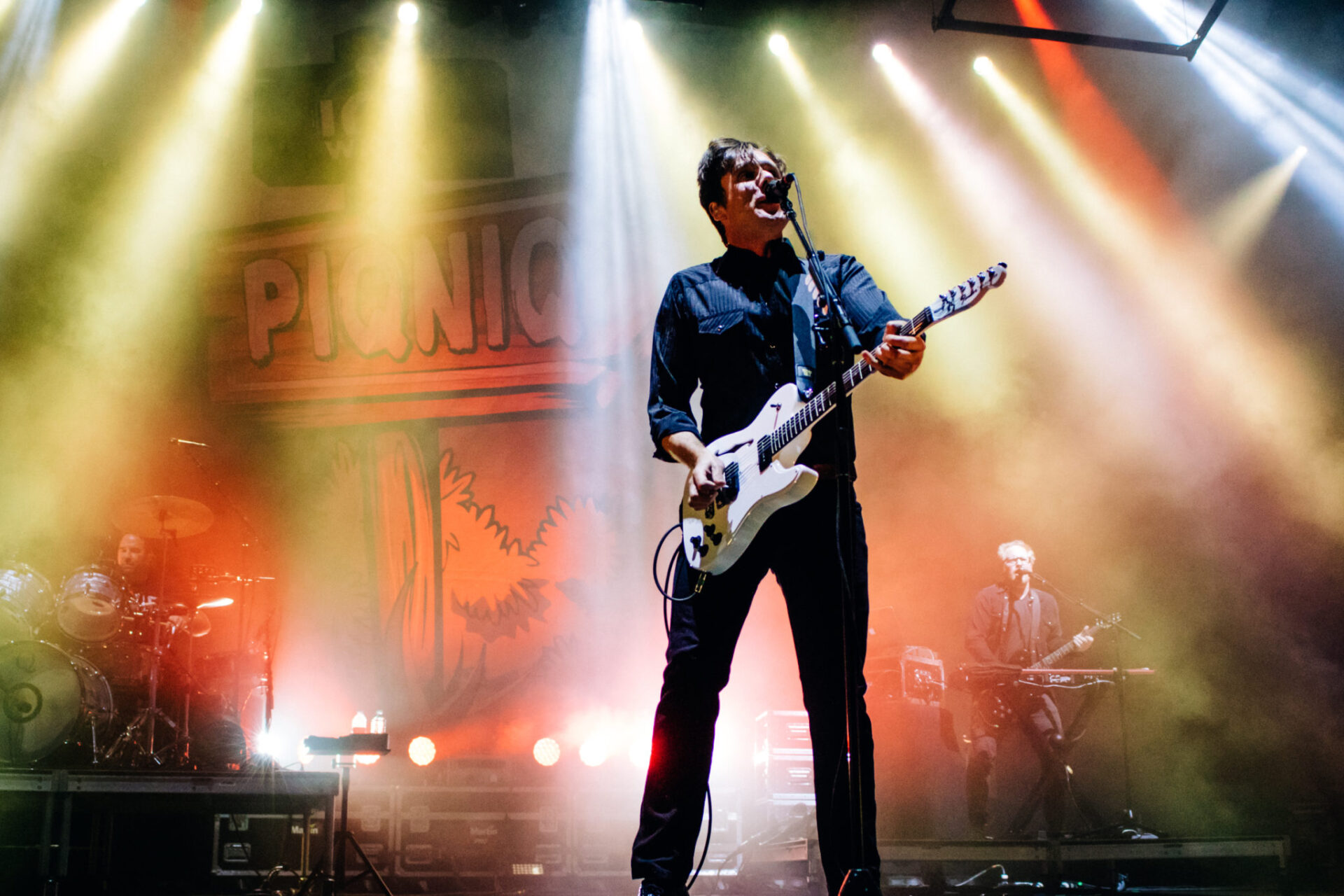On The Beautiful & Damned, his third studio album, G-Eazy confronts the two sides of his personality with hooks and ego to spare.
Young Gerald is young no more. For the last decade Gerald Earl Gillum – better known as G-Eazy – has been traveling the globe promoting a sound born in the Bay Area that often toes the line between unflinching honesty and overwrought materialism. It’s not so much that G believes possessions will make him happy, but he knows what’s it like to go without, so now he stuffs whatever insecurities he may still possess into the pockets of his overpriced leather jacket and raps about the things he knows you want to hear. The hunger that ignited his career and helped formulate the plan detailed at length on The Beautiful & The Damned continues to propel him forward while blazing a trail entirely his own. He’s his own best friend and worst enemy, often at the same time, and here he’s found a way to perfectly balance his warring personality traits.
Playing like a collection of drug-induced late night experiences recounted under neon lights from the back seat of an old muscle car with the top down and a glass of Stillhouse Whiskey in hand, The Beautiful & Damned pays homage to the similarly named F. Scott Fitzgerald novel in themes alone. Scott’s 1922 work about greed and vice pairs well with G-Eazy’s drunken outlook on life from center stage. The ruinous cost of excess is strewn throughout the record in plain terms and poetic reference like one imagines the clothes of the girls Gerald claims to have slept with during his three-hundred one night stands in the past year. “But A Dream” makes comparisons to John F. Kennedy while referencing Amy Winehouse, two legendary figures cut short in their prime. “Fly Away” references the knowledge that his dependence on drugs and alcohol is tearing him apart, as are the pointless relationships he has with groupies who know nothing about him. It seems getting everything he ever wanted didn’t work any better for G-Eazy than it did any of his heroes, and now the burden of fulfilling an image that doesn’t always feel true weighs on shoulders that question whether or not people actually listen to anything else he’s trying to say.
Before G-Eazy can get too lost in self-reflection he remembers it’s the songs about girls, money, and finding joy in all the things he now knows won’t actually make you happy that helped propel him into the spotlight and deliver two or three more of the same. As much as he may desire to be viewed as deeper than the next guy on the Rap Caviar playlist G-Eazy is really good at making music best summarized as the soundtrack for not giving a fuck. He turns up, gets paid, gets laid, does coke, drinks until he blacks out, then wakes up and does it again – all while wearing black jeans, a white tee, the and aforementioned leather jacket with a haircut that even he admits brings to mind the original madman, Don Draper, while chilling with his best friends. He’s living the dream if your dream is to make your life reflect a music video, and he’s good at describing that visual in detail against production that barely stops short of flat-out demanding someone shake their ass. It might not be what makes him happiest, as that seems to be the more personal tracks, but it is what pays the bills.
The Beautiful & Damned is G-Eazy’s third studio album. In many ways, its themes of success, regret, and lesson learned plays into a bigger idea that his first three records have been part of a single story arc. These Things Happen was, even by its title’s own admission, an introduction, and setup for something larger. Gerald rapped about who he was and why he deserved to be a name on the Billboard charts, which turned out to be just what the people wanted to hear. When It’s Dark Out, whose title sets the scene almost perfectly, captures the conflict of getting everything you ever wanted and finding it does not fulfill you. You have to dream bigger, think bigger, live bigger, and Gerald set out to do so with every breath. The Beautiful & Damned finds the hero back on his bullshit, reminding you once again why he’s one of a kind, but also sharing the lessons learned from having fully realized one’s own dreams. It’s both a conclusion and a setup for the next chapter. The next era of Gerald Gillum.













